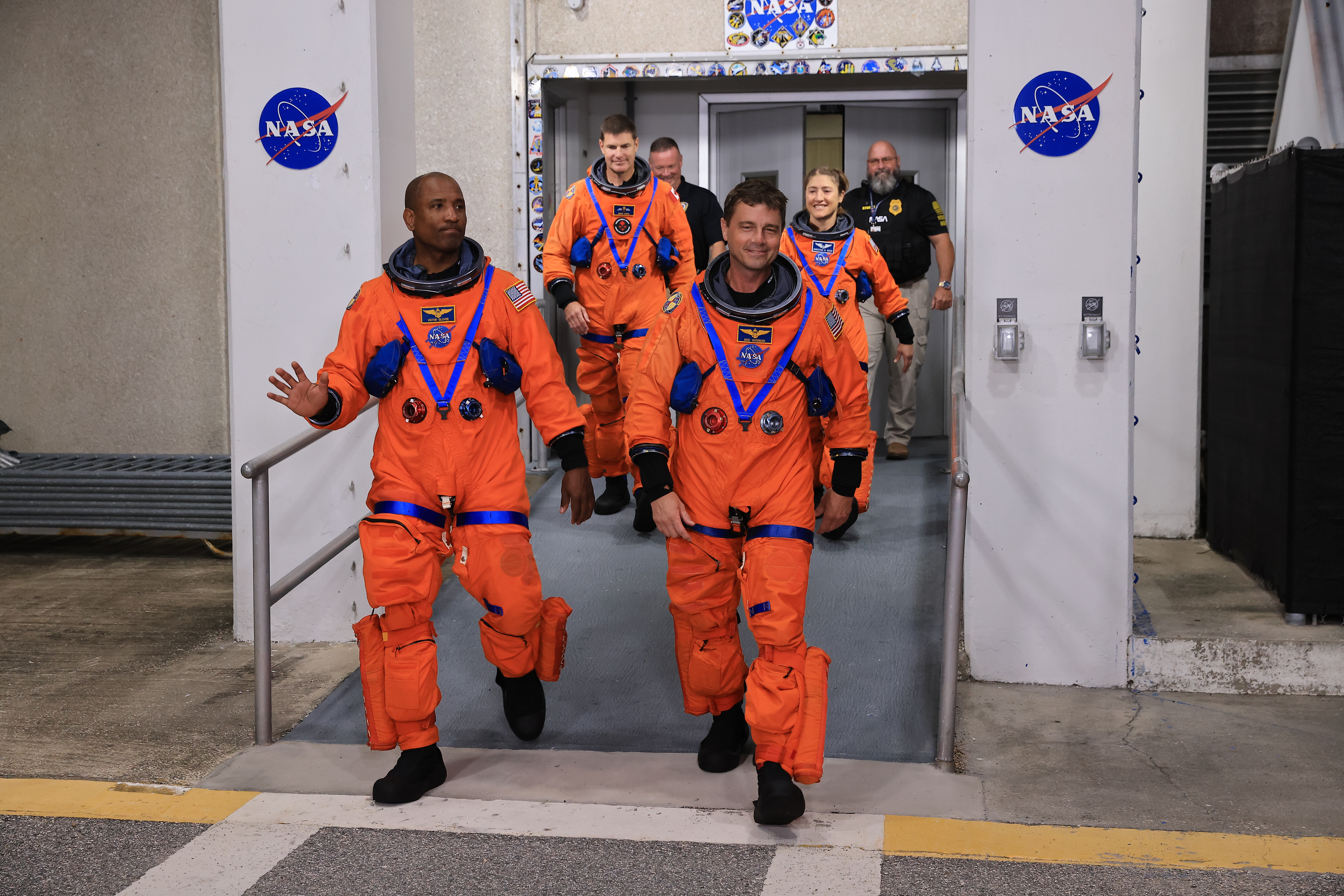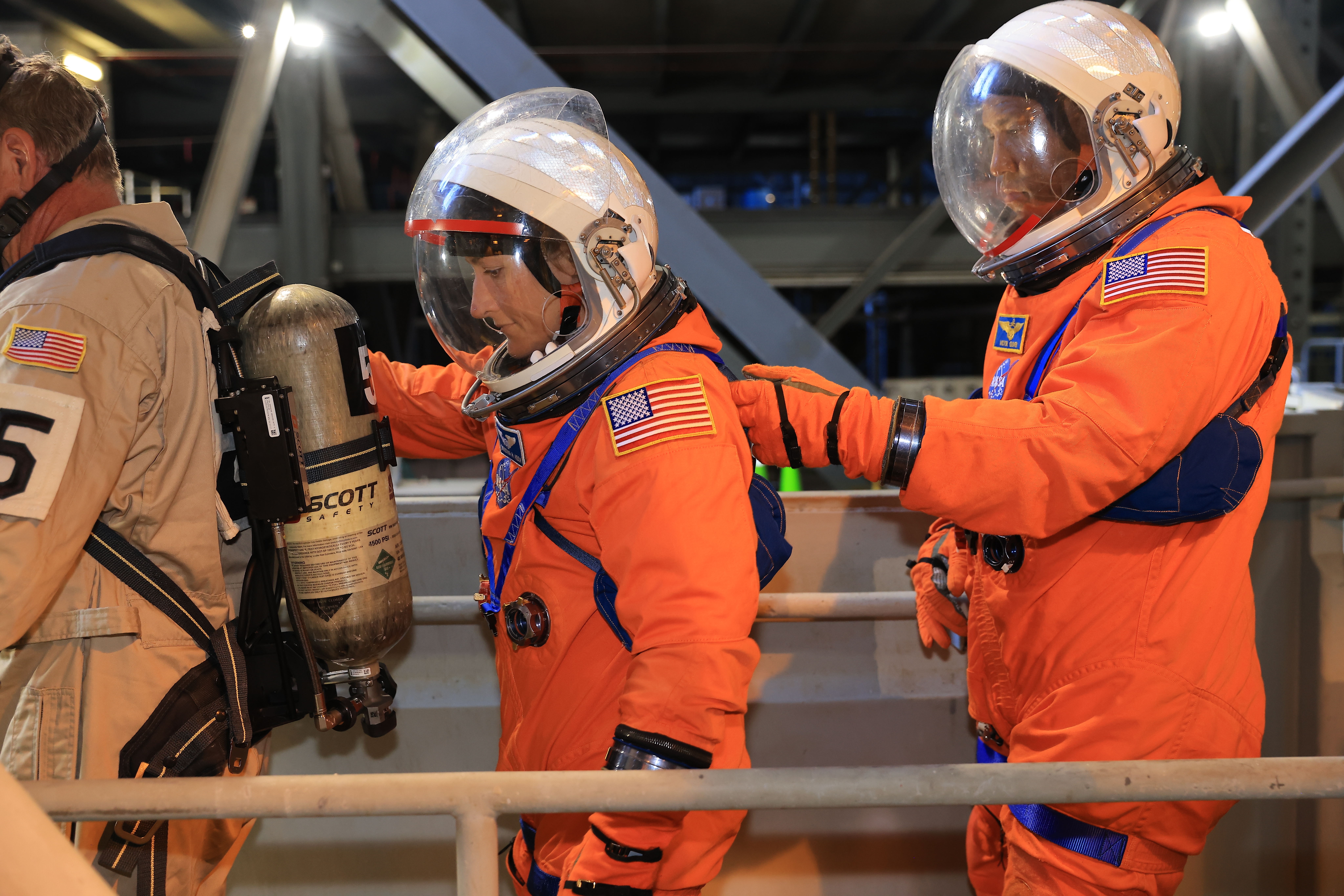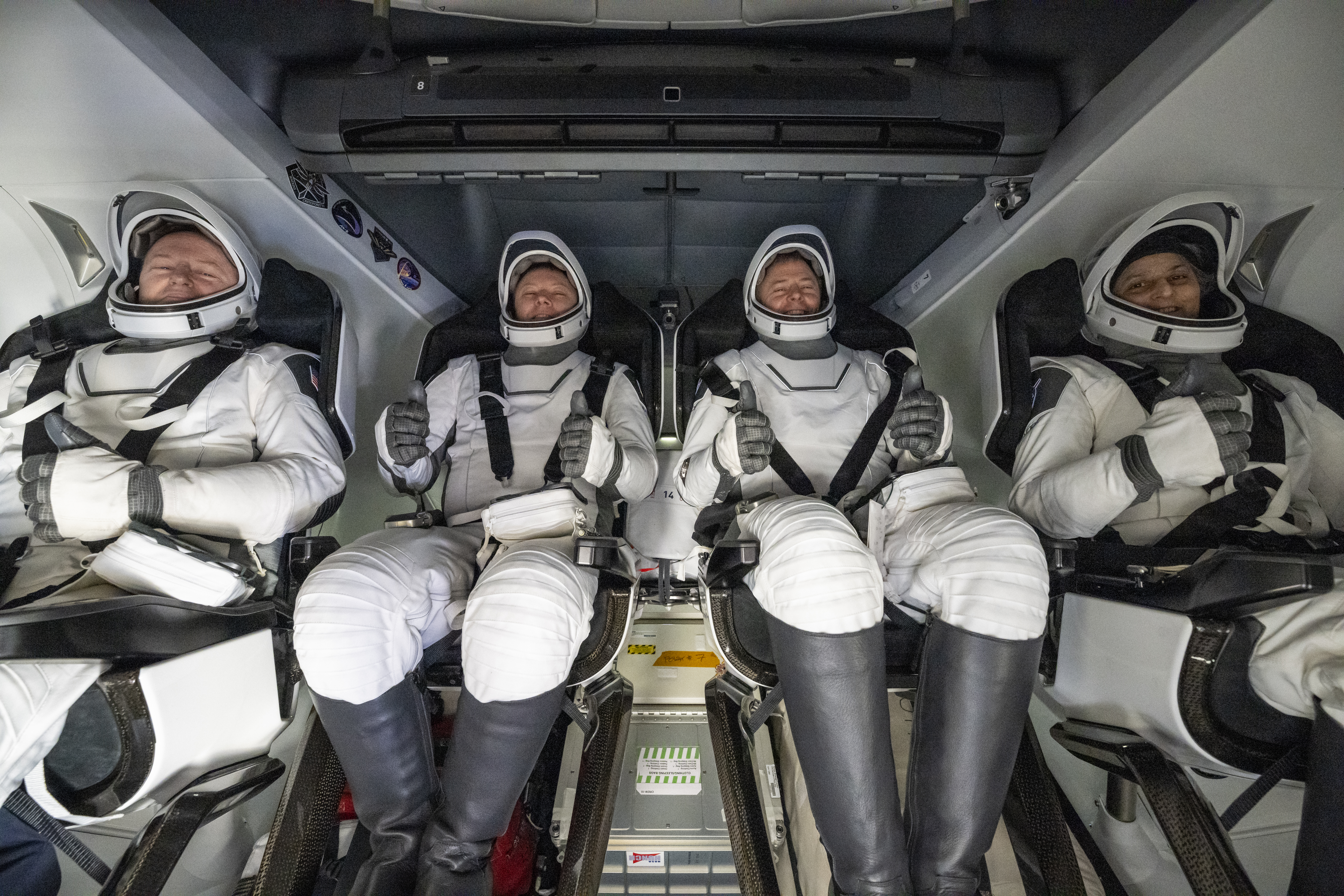

null / Credit: RasyidArt, Shutterstock
CNA Staff, Nov 4, 2025 / 06:30 am (CNA).
Catholic schools are faring much better in dioceses in which state-funded voucher programs are available for parents to use to pay school tuition, one researcher has found, though enrollment is still declining in most places.
John F. Quinn, a historian at Salve Regina University in Rhode Island, examined six Catholic dioceses over the last 16 years — three in states with voucher programs and three in states without them — and found that parochial schools are benefiting from vouchers.
He presented his research at the Society of Catholic Social Scientists’ annual conference at Franciscan University of Steubenville, Ohio, in October.
Quinn found that since 2009, the dioceses of Providence, Rhode Island; Fall River, Massachusetts; and Rockford, Illinois — none of which are located in states with voucher programs — have seen school closures and drops, some very large, in their parochial school enrollment.
Providence schools have seen a two-thirds drop, from 16,000 students in 2009 to about 10,000 in 2025, according to the historian.
The Diocese of Fall River, meanwhile, saw a 36% drop in enrollment, going from 7,800 students in 2009 to 5,000 in 2025. Rockford’s diocese saw a precipitous 52% drop, with 15,500 students in 2009 and 7,400 today. All three dioceses also saw multiple parochial school closures.
The numbers are very different in the dioceses in states that have voucher programs.
According to Quinn, the Archdiocese of Indianapolis only saw its enrollment numbers drop 3% since 2009. Nearly 23,000 were enrolled in its parochial schools in 2009, and the number stands at 22,300 today. The overall population of the archdiocese has also dropped 5% over the same time period, he noted.
Indiana’s Choice Scholarship Program was launched in 2011 and expanded to nearly all residents in 2025.
Two other dioceses, Orlando and Venice, are both in Florida, a state that approved its voucher program in 1999 and expanded it significantly in 2023.
The Diocese of Orlando has seen a 13% drop, going from 14,500 students in 2009 to 12,750 in 2025.
The Diocese of Venice, a relatively new one established in 1984, has seen a 52% increase in parish school enrollment since 2009 and growth in its number of parochial schools. In 2009, 4,400 students attended three high schools and 10 elementary schools, and today there are four high schools and 12 elementary schools with an enrollment of 6,800.
Quinn acknowledged that Florida has a growing population but said even taking that into account, the voucher programs have indisputably aided the Catholic schools there.
“We are full up with nearly every school at capacity,” Father John Belmonte, SJ, Diocese of Venice Superintendent of Catholic Education, said in September.
History of parochial schooling
“America’s Catholic leaders have long seen parochial schools as critical to the well-being of the Church in America,” Quinn noted.
He recalled the Third Plenary Council of Baltimore in 1884, at which the bishops “called for every parish to have a school and for all Catholic parents to send their children” to them.
Quinn noted that pastors would sometimes build a parish school first before completing the church building.
In 1965, the high point of parochial school enrollment, 52% of American Catholic children, or 5.2 million students, were enrolled at 13,000 Catholic grammar and high schools.
Quinn cited the National Catholic Educational Association’s annual report, released in the spring, that showed just under 1.7 million students are currently enrolled in the nation’s current 8,500 parochial schools.
In 1965, nearly 70% of all parochial school teachers, or 115,607, were religious sisters, priests, or brothers, according to the Cardinal Newman Society.
By 1990, only 2.5% of parochial school faculty were priests or religious, and that number remains the same today.
Quinn said costs started rising as more lay teachers replaced religious and priests in the classroom.
Read More


![Miami archbishop, president of Society of St. Vincent de Paul USA delve into Dilexi te #Catholic
“The Christian is supposed to answer the question ‘Who is my neighbor?’, and the answer is: ‘The one who needs me,’” said Miami Archbishop Thomas Wenski during an Oct. 9, 2025, press conference in Miami. / Credit: Emily Chaffins/CNA
Miami, Florida, Oct 10, 2025 / 07:00 am (CNA).
“There’s somebody here who wants to talk to you,” the receptionist said to John Berry.Now the president of the Society of St. Vincent de Paul USA (SVdp USA), Berry was serving the Georgia branch when a woman arrived at the office with a check. The stranger wanted to support the organization’s goals of helping people overcome poverty. Her donation was large, but her reason for donating was even more astounding.“A number of years ago, I was down on my luck, and you all helped me,” she said. “I’m in a position now where I can help you.”Berry recalled the encounter while pondering Pope Leo XIV’s first apostolic exhortation, Dilexi te, published Oct. 9, centering on compassion for the poor. The exhortation’s introductory phrase — from which the title is derived — is “I have loved you,” from Revelation 3:9.Indeed, the first American pope’s message is about the necessary exchange of love between the poor and those who serve, as mirrored by Berry and the donor.Archbishop Thomas Wenski of Miami recognized the major papal milestone by holding a press conference Thursday to unpack Pope Leo’s words. He summarized the pope’s message: “We are to love the poor, not to blame them for their poverty but to assist them so they can discover and own their … dignity as human beings.”During the press conference at the Archdiocese of Miami pastoral center, the archbishop spoke about one of the key ideas in Dilexi te, “accompaniment,” which informs the SVdP donor’s story.“Accompaniment would be treating them as a brother or sister and not lording it over [them],” Wenski said. Otherwise, “they themselves feel offended in their dignity, and then what we’re doing is not so much trying to help them but [instead] trying to make us feel good.”On the contrary, accompaniment can be far from the feel good.“Accompaniment means that we roll up our sleeves and work with them, and oftentimes when doing so we’re not going to feel good because it’s going to require a lot of sweat and tears,” the archbishop added. Indeed, SVdP USA strives to embody the Catholic mindset of accompaniment, as volunteers dialogue with impoverished families and individuals to tailor the method of aid to their specific situations. Some of SVdP USA’s offerings include monetary aid, food pantries, free pharmacy programs, shelters, clinics, and education centers.Society of St. Vincent de Paul pharmacist Kellie Elisar (left) and team at the St. Vincent de Paul of Baton Rouge Charitable Pharmacy on June 24, 2025. Credit: Photo courtesy of Society of St. Vincent de Paul“We’re not the kind of agency where somebody who’s in need walks in the door, fills out a form, slips it under a hole in a glass wall, and then next thing you know, somebody says, ‘OK, we’ll pay your bill’ or hands over a box of food,” Berry explained. “Ours is a sit-down conversation, a personal encounter, where we talk with people and create a solution together. We find out from them what are their needs, what are the things that are challenging them.”In the Archdiocese of Miami, Catholic Legal Services represents immigrants in need, and people struggling with the English language can attend parish-based ESL (English as a second language) classes.As Wenski put it: “The Christian is supposed to answer the question ‘Who is my neighbor?’, and the answer is: ‘The one who needs me.’”“It is significant because these first apostolic exhortations tend to be the putting forth of a strategic plan for the priorities of the pope for his pontificate,” he added.Both the archbishop and Berry pointed out that Pope Leo’s missionary outreach in Peru likely informs his perspective on the poor within the exhortation as someone who walked the walk. “This is his heart,” Berry said.](https://unitedyam.com/wp-content/uploads/2025/10/miami-archbishop-president-of-society-of-st-vincent-de-paul-usa-delve-into-dilexi-te-catholic-the-christian-is-supposed-to-answer-the-question-who-is-my-neighbor-an.webp)

















































